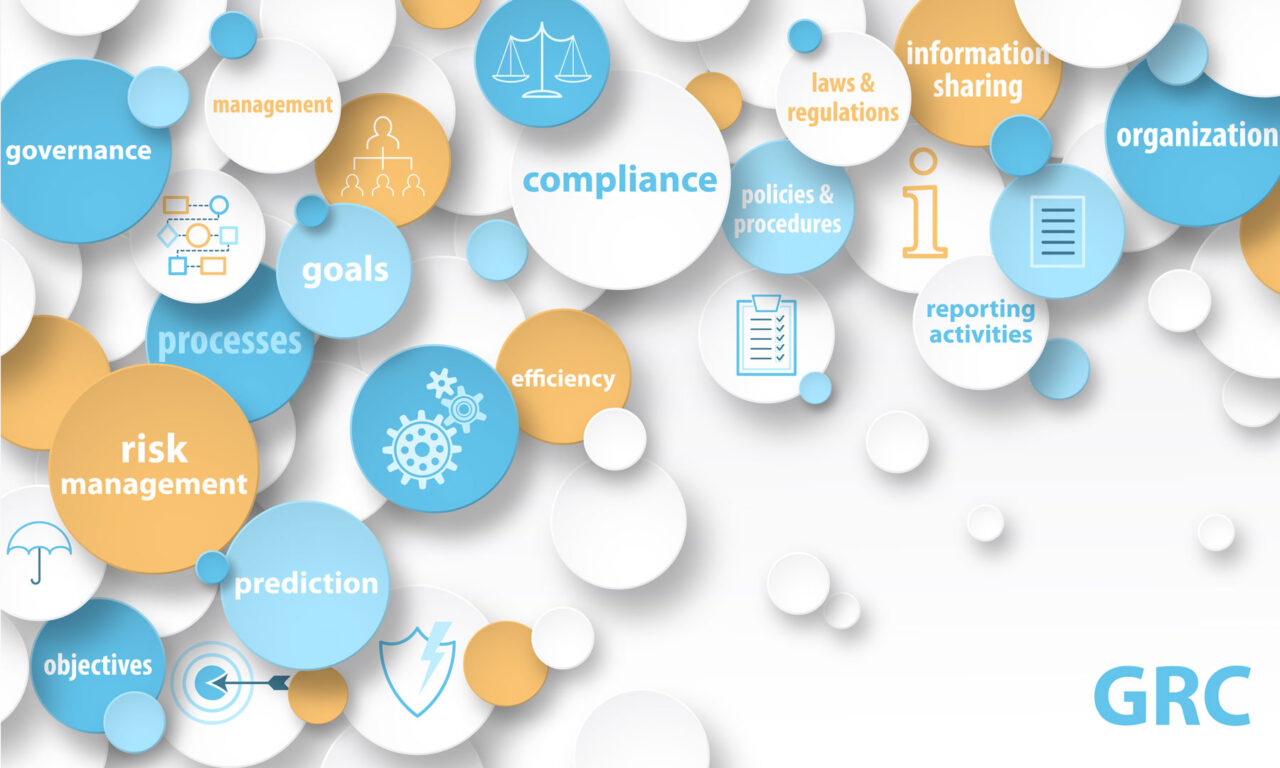As the use of virtual currencies continues to gain popularity, financial institutions and regulatory bodies face increasing challenges in detecting and preventing money laundering activities. Virtual currencies, such as Bitcoin, Ethereum, and others, offer unique opportunities for illicit actors to exploit the anonymity and borderless nature of these digital assets. To combat money laundering effectively, it is crucial to identify red flag indicators associated with virtual currency transactions.
Some key AML red flags to watch out for when dealing with virtual currency transactions.
- 1. Rapid or Unusually Large Transactions
One common red flag associated with virtual currency transactions is the rapid movement of funds or large transaction amounts. Money launderers often seek to quickly move funds through multiple virtual currency exchanges or wallets to obfuscate the origin and destination of the funds. Unusually large transactions, especially those inconsistent with a customer’s profile or previous transaction history, may also indicate potential money laundering.
- 2. Multiple Incoming and Outgoing Transactions
Frequent and repetitive incoming and outgoing transactions from a virtual currency wallet can be indicative of layering, a technique used by money launderers to obscure the source of funds. This technique involves splitting large amounts of illicit funds into smaller transactions to make tracking and detection more challenging. Financial institutions should closely monitor accounts that engage in such patterns, especially when the transactions are disproportionate to the account’s typical activity.
- 3. Mixing or Tumbling Services
Money launderers often use mixing or tumbling services to further anonymize their virtual currency transactions. These services aim to break the connection between the origin and destination of funds by mixing them with other users’ funds. Transactions involving mixing services or a series of transfers between wallets can raise suspicions and warrant enhanced due diligence to determine the legitimacy of the transactions.
- 4. Anonymity-Focused Virtual Currencies:
Certain virtual currencies prioritize privacy and anonymity, making them attractive to illicit actors. Examples include privacy coins like Monero, Zcash, or Dash, which utilize advanced cryptographic techniques to enhance transaction privacy. Financial institutions should be vigilant when dealing with transactions involving these privacy-focused virtual currencies, as they may present higher AML risks.
- 5. High-Risk Geographical Locations:
Another red flag indicator associated with virtual currency transactions is the involvement of high-risk geographical locations. Some countries or regions have weaker AML regulations, making them attractive for money laundering activities. Transactions involving virtual currency exchanges or wallets based in jurisdictions known for their weak AML frameworks should be subjected to enhanced scrutiny.
- 6. Unregistered or Unlicensed Exchanges:
Virtual currency exchanges and platforms operating without proper registration or licensing can pose significant AML risks. These unregulated entities often lack robust AML and know-your-customer (KYC) procedures, allowing money launderers to exploit their services for illicit purposes. Financial institutions should verify the legitimacy and compliance status of virtual currency exchanges and refuse to engage with unregistered or unlicensed platforms.
As virtual currencies become increasingly prevalent in the financial landscape, it is vital for financial institutions to stay vigilant in detecting and preventing money laundering activities. By recognizing these red flag indicators associated with virtual currency transactions, institutions can enhance their AML frameworks and reduce the risks associated with illicit financial activities. Employing advanced technologies, such as blockchain analytics tools and enhanced due diligence procedures, can also assist in effectively combating money laundering in the virtual currency space. By actively monitoring and reporting suspicious transactions, stakeholders can collectively work towards safeguarding the integrity of the financial system.




